Co-designing with BEING Studio artists
Creating an emerging digital/in-person hybrid operating model
By Dana Ayotte and Caren Watkins, Inclusive Design Research Centre
2021
Project overview
The BEING Futures project was a collaboration between the Inclusive Design Research Centre (IDRC) and BEING Studio that took place between April and November 2021. The goal of this project was to support BEING Studio in brainstorming and conceptualizing an emerging digital/in-person hybrid operating model. Like many organisations, BEING Studio had to quickly adjust to the pandemic by moving their programming online. This meant holding all of their meetings, workshops and other events on Zoom, as well as introducing new practices such as the delivery of art supply kits to artists in their homes.
Looking toward the future, BEING Studio wished to explore the hybrid space of online and in-person programming. This co-design was aimed at exploring possibilities for the hybrid space together with BEING artist-members. The process included needs-gathering with artist members, with the aim of creatively mapping out design ideas for tools and activities for artists to access resources and connect with other artists within and outside of BEING.
The IDRC supported the co-design process including:
- Collaborating with BEING members to plan community-led co-design sessions,
- Co-organizing and facilitating co-design workshops,
- Building a Creative Design Map to synthesize the results of the co-design.
Partner
BEING Studio is a diverse community of artists with developmental disabilities. At BEING, artists have access to the space, the tools, and the representation to create and share their visual art and creative writing. BEING’s motto is “ART FIRST. SELFHOOD ALSO FIRST.”. In the words of BEING, “it is about truly valuing the work – by valuing the artist who created it”.
Desired co-design outcomes
- Relationship and trust building with artist members
- Needs-gathering with artist members
- A creative mapping of the hybrid space of BEING in-person and BEING online, including events, activities, tools and website features.
Learn more about the project on the project wiki page.
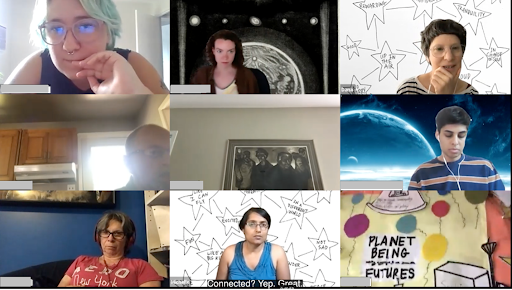
Figure 1. Screen capture of an online co-design workshop.
Co-design Overview
Structure and scope
The BEING Futures project included an introductory event followed by 3 co-design sessions. The co-design exploration encompassed the spaces of BEING in-person, BEING on Zoom, and BEING online (including the BEING Studio and BEING Home websites, Instagram and Facebook). Live captioning was provided during all sessions.
Who was there
The introductory “Think Tank” event was an online event open to all BEING artists, with 16 artists attending along with facilitators from BEING and the IDRC. Ten BEING artists participated in three subsequent online co-design workshops, along with facilitators from BEING and from the IDRC.
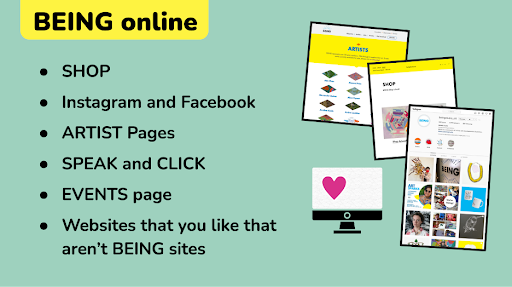
Figure 2. Sample of a slide used to guide the third co-design session on the topic of BEING online.
Co-design Process Highlights
Relationship and Trust Building
Before beginning the co-design planning, IDRC facilitators joined multiple sessions of an online event organised by BEING Studio called Artist Connect. Attending these sessions was helpful in getting to know the BEING artists and getting a sense of the community, culture and context of BEING and of this disability arts community more generally.
Through an introductory event that was similar in name and structure to previous BEING events, IDRC facilitators were able to meet the BEING artists, introduce the BEING Futures project to them, and introduce the concepts of inclusive design and co-design. Using a familiar event name (“Think Tank”) and structure was helpful in generating interest in the project since it gave the artists an idea of what to expect.
View the Think Tank slide presentation (pdf file).
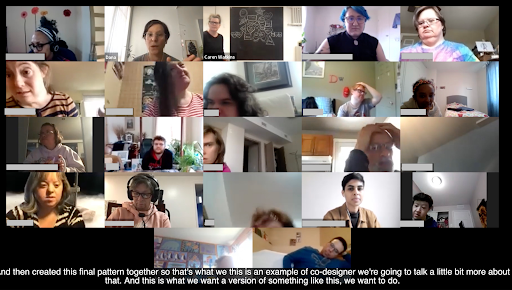
Figure 3. Screen capture of the BEING Futures Think Tank session.
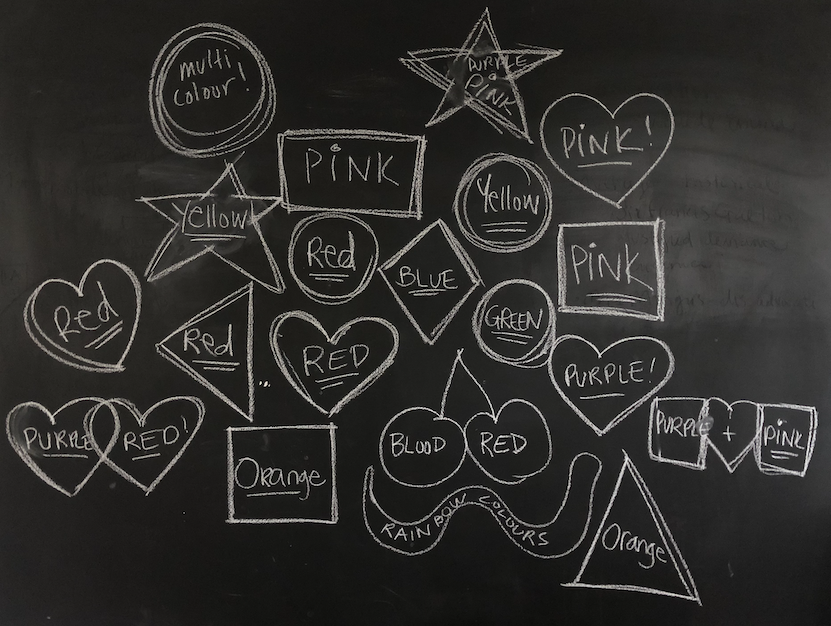
Figure 4. Outcome of the Think Tank collaborative art activity.
Community Leadership
Collaborating with BEING facilitators from the beginning of the process helped to create a successful co-design plan, since the BEING facilitators were most familiar with the artists and with the culture and context of BEING.
All co-design activities were developed together with BEING facilitators:
- Prior to each co-design workshop the IDRC facilitators met together with BEING facilitators to review a draft activity plan, re-work the plan as needed, and hear feedback from the artist-participants that might have been passed on to the BEING facilitators from previous sessions.
- Debrief sessions were held together with BEING facilitators after each workshop which allowed the IDRC team to adjust and refine the co-design plan to better meet the needs of participants.
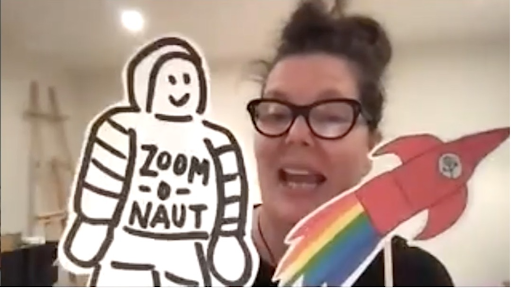

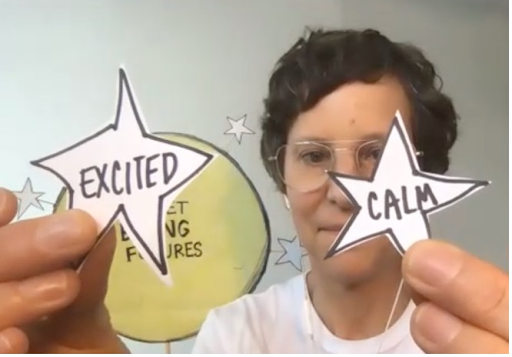
Figures 5-7: Video stills from prompts shared with participants prior to co-design sessions. BEING facilitators strongly encouraged us to create video prompts for our workshops, since the artists found this to be the best way to take in information and instruction.
Co-design Outcomes
A complete list of outcomes and suggested next steps can be found in a spreadsheet here. Overall, the artists expressed their excitement to be able to return to in-person activities, but some also expressed an interest in a hybrid of balancing Zoom activities with in-person activities going forward.
Documentation
The following creative design map (Figure 8) is the outcome of a synthesis of all artists’ personal maps as well as the ideas that artists presented during the co-design session activities. A visual description of the map can be found on YouTube here.
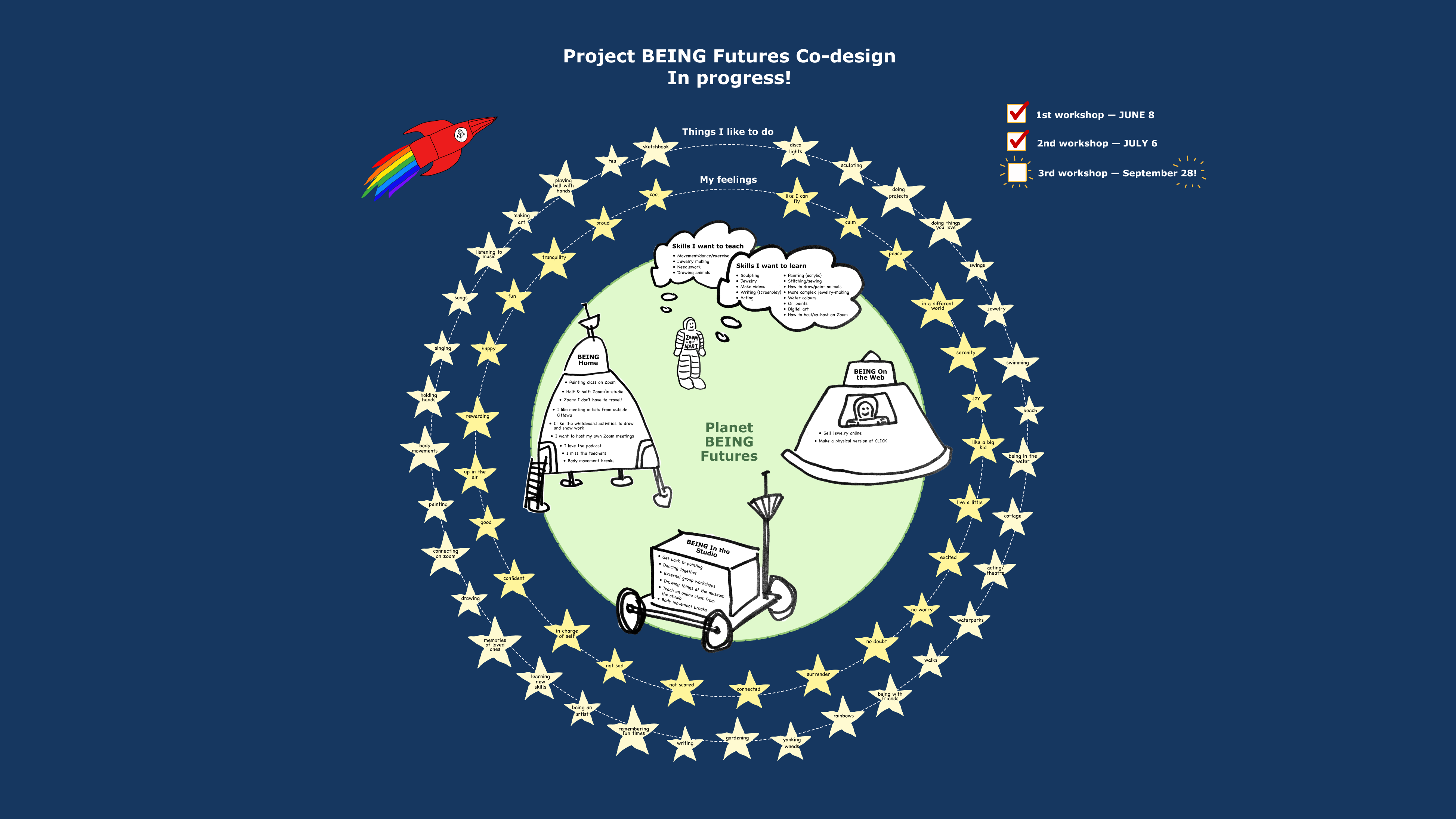
Figure 8. Co-design outcomes creative map
Challenges and Learnings
For more details please see our co-design process reflections.
Remote co-design
The challenges of working remotely required significant re-thinking of how to connect and collaborate. It was challenging to find creative and engaging ways of documenting and sharing the artists’ input during the co-design workshops and to maintain continuity from session to session without physical artifacts that could be kept up on the walls of a classroom or studio space.
Learning: Find creative approaches to remote co-design
When meeting remotely, find creative ways to work asynchronously and to share physical artifacts. Where possible, incorporate these activities into a process that participants are already using and are familiar with. For example, artist kits that were being delivered to the BEING artists in their homes provided a great opportunity to share printed templates and other art materials for use before and during co-design workshops.
Getting to know the community
This project took place over a relatively short period of time and its scope covered a limited number of co-design sessions, making it challenging to develop relationships with the community.
Learning: Find ways to engage participants from the start
Find ways to engage participants from the start of the co-design process in order to develop trust, preferably in ways that they are already engaging in their community.
Engaging participants between sessions
Connecting directly with the artists was not possible between sessions, other than asynchronously through email or video prompts. It may have been more effective to find ways of communicating directly with the artists throughout the co-design process.
Learning: Solicit feedback
Find opportunities to join existing meetings or check-ins to provide brief updates on the co-design process as a way to stay connected between sessions and to solicit direct feedback from participants after each session. This help to inform the co-design activity planning from one session to the next to ensure the comfort and engagement of participants throughout the process.
Structuring and planning the co-design activities
Some of the feedback we received from BEING facilitators was that our video prompts did not go into enough detail about the goal and use of the templates provided.
Learning: Keep instructions simple and concise
Keep instructions simple and concise. Use some of the time in a co-design session to introduce preparatory materials and activities or to plan for the next session together — this allows participants to be invested in the process and to inform the facilitators of the best way to present and frame the ideas.
This requires balancing the time needed for the co-design session activities with planning activities and may not always be appropriate, and depends upon the interest of participants in helping to plan the activities.
This would work well when paired with post-session debrief sessions with community facilitators, to allow for further refinement of the plan with their input.
Documenting and communicating ideas
While it was more challenging to share physical artifacts in an online setting, BEING artists were able to successfully show their art maps during the sessions.
Learning: Stay connected between sessions
Provide a way for artists to share documentation of their work with artist participants and facilitators between the co-design sessions (e.g. photos, videos, text descriptions) in formats and through communication channels that work best for them. This would give everyone a chance to experience each others’ work in more detail and spark thoughts and ideas for the next session.
Impact
Co-design with BEING Studio artists provided an opportunity for them to playfully explore and lead the discussion around their vision for the hybrid online/in-person future of BEING. A significant impact of the co-design was having artists realise and communicate that they were interested in teaching workshops, both online and in-person. In addition, BEING facilitators noted that some artists who tended to be quiet shared more than usual during the co-design sessions.
Some other significant impacts include:
- An exploration of new ideas about how artists can maximize the potential of online spaces such as the Artist pages, SHOP, podcast and other web content, as well as social media (Instagram, Facebook), for sharing and selling work, and staying connected to other artists.
- Recognition of the importance of a continued exploration of how online learning rooms might be designed to allow for diverse needs
- The initiation of an artist-led discussion around how to decide if and when to sell their work